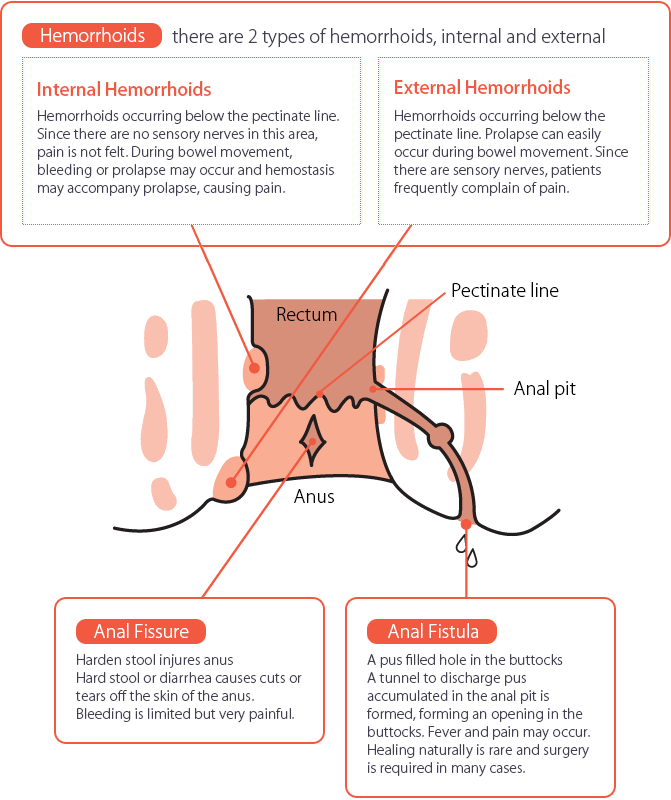How to discipline your autistic child
How to Discipline a Child on the Autism Spectrum
The purpose of discipline is to set healthy boundaries and clear expectations of appropriate behavior, not to punish or embarrass your child.
While there are certainly challenges to disciplining a child on the autism spectrum, discipline instills valuable lessons that the child will take with them their whole lives. Keep reading to learn safe, effective, and compassionate strategies for how to discipline a child on the autism spectrum.
Two Words: Gentle Consistency
Children with autism pick up on things differently than other children. For example, your child may not pick up on the irritation in your voice when you ask them not to do something.
These misunderstandings can make traditional discipline techniques less effective. Your child might not understand the consequences of their actions, which can be frustrating. However, you should refrain from any kind of physical or verbal punishment that could have a negative effect on your child.
Instead, be gentle with your words and actions. If your child is screaming and having a tantrum, keep calm and don’t raise your voice. All children learn through imitation, so try and respond to your child’s behavior clearly and gently.
And now for consistency. Consistency is the key to safe, effective discipline. Most children with autism respond well to structured discipline, perhaps due to their desire for sameness and routine.
Consistent discipline can also alleviate some of your child’s anxiety, a common characteristic of autism. Consistent outcomes help children feel secure and confident in their choices.
If your child knows what to expect from a certain behavior (Mom won’t like that I ate cookies before dinner), they may not feel as overwhelmed when you discipline them.
In other words, consistency gives your child the ability to predict the outcome of a situation, which is a powerful and necessary step toward independence.
Educate Yourself About Your Child’s Condition
You’ll need to do some research before fully understanding how to discipline a child on the autism spectrum.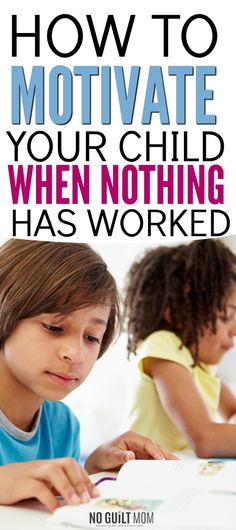
Read up on the condition to make sure you’re setting realistic expectations for your child. Some behaviors cannot be “disciplined away” by a parent, and should instead be evaluated by a professional.
For example, self-stimulation (spinning, hand flapping, etc.) is very common in children with autism. These behaviors help them regulate their emotions, and you could do more harm than good by punishing them for doing it.
Remember that autism exists on a spectrum, meaning every child will experience different symptoms in different ways. It’s a good idea to speak with other parents whose children have autism. You’ll get a better idea of how to set expectations, especially if you speak with a parent whose child has symptoms similar to yours.
Discipline Strategies for Children with Autism
Rewards and Consequences
Commonly used in Applied Behavior Analysis (ABA) therapy, rewards and consequences are one of the most effective techniques for discipline.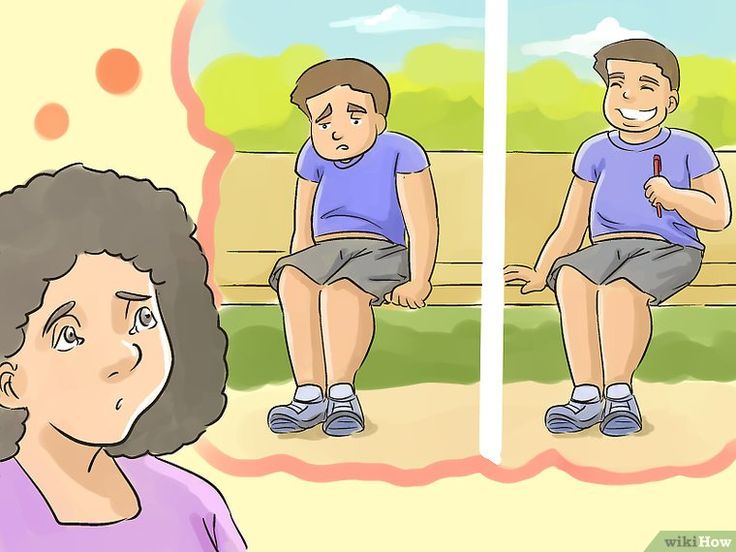
The goal of rewards and consequences is to increase or decrease the likelihood of your child performing a certain behavior. When your child performs the desired behavior or task, you offer them a “reward” – a positive reinforcer.
When they do not perform the desired behavior or task, you point them in the right direction with a consequence.
For example, you can offer your child candy or extra TV time for cleaning their room after being asked. That is an example of a positive reinforcer. If they don’t clean their room after being asked, you can take away some of their TV time or send them to time-out. That is the consequence.
Of course, you’ll have to evaluate which consequences are appropriate for your child. For instance, some children with autism prefer being alone, so sending them to time-out could actually be a reward for them.
Set Clear Expectations
Children with autism often have trouble understanding which behaviors are expected of them.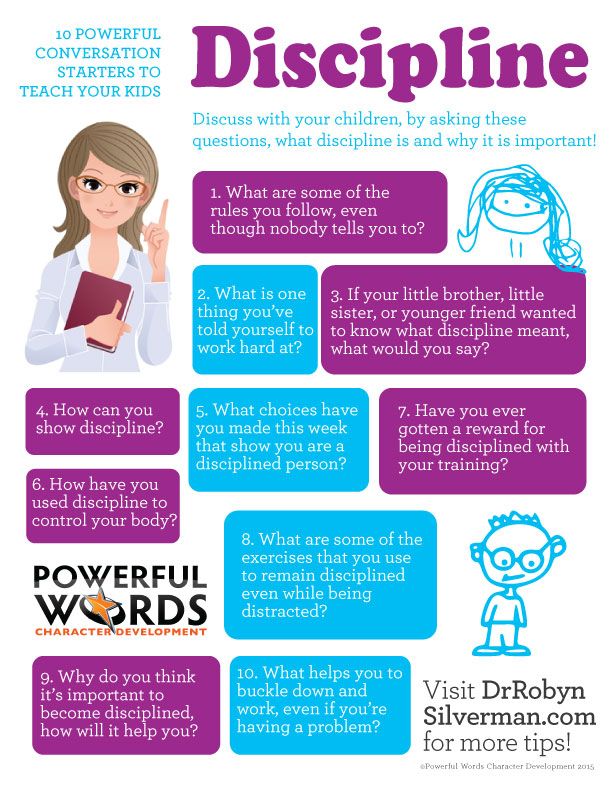 For example, a child may not understand that they should say “hello” back to someone who greets them.
For example, a child may not understand that they should say “hello” back to someone who greets them.
You can help your child learn these behaviors by clearly communicating your expectations. You may need to create visual cues or do role-playing until your child is comfortable.
For example, if your child is late getting ready every morning because they’re playing with their toys, you can explain that they can play only after they are ready for school. You can set a timer showing your child how much time is left before they need to leave for school, and after they finish getting ready, they can play until the timer runs out.
Be Positive
Positivity inspires positive actions. If you offer praise and encouragement when your child behaves well, they’ll want to keep behaving well.
Encourage your child by reminding them what they can earn or receive for meeting their goals. Praise your child when they perform good behavior, and describe exactly what it is you’re praising. This is called “descriptive praise,” and it helps children understand appropriate and inappropriate behavior. For example, “Great job asking Dylan nicely for your toy when he took it from you.”
This is called “descriptive praise,” and it helps children understand appropriate and inappropriate behavior. For example, “Great job asking Dylan nicely for your toy when he took it from you.”
You can also praise children for their efforts, not just the final result.
Most children with autism enjoy praise, but some may not respond, especially if they tend to withdraw from others. They probably aren’t motivated or interested in doing things to please other people, so you can help your child learn how to respond to praise. You can tell them what they did well and then give them their favorite toy. This way, they’ll come to regard praise as something good.
Seek Professional Help
Whenever possible, you should seek professional help from an autism center or therapy provider. The above ways to discipline a child on the autism spectrum can be extremely helpful at home, but children with autism benefit the most from intensive therapy.
Therapy solidifies the foundation you build at home, and it is hugely beneficial for development and independence in children with autism.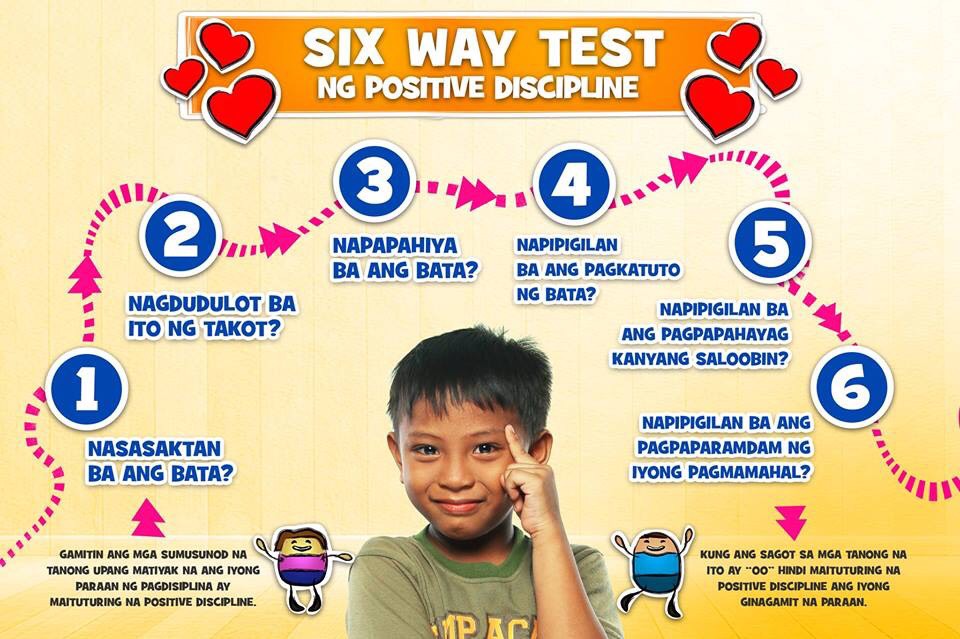 For more information about the intensive, compassionate care we provide at Therapeutic Pathways, contact (209) 422-3280.
For more information about the intensive, compassionate care we provide at Therapeutic Pathways, contact (209) 422-3280.
Discipling a Child on the Autism Spectrum
Discipline teaches children to do the right thing and think and act for themselves. It can be difficult to discipline a child who has autism, but doing so will help teach them the skills they need to live an independent life.
Disciplining Your Autistic Child: The Ultimate Guide
One way children can learn what types of behavior are appropriate is through discipline—it is part of educating your child to learn right from wrong and to understand socially acceptable and respectful behavior. Disciplining your autistic child is no easy task though, and requires a lot of patience.
Implementing discipline strategies can be challenging and often requires the parents to enforce consequences to a negative behavior. When you discipline a child with autism, this challenge is somewhat heightened. This is because many children with autism find it difficult to understand non-verbal social communication cues such as facial expression. Nonetheless, it is possible!
This is because many children with autism find it difficult to understand non-verbal social communication cues such as facial expression. Nonetheless, it is possible!
Download your FREE guide on
Autism Behavior Interventions
Download your FREE Guide
To aid your journey of parenting a special needs child, we’ve put together a comprehensive guide to help you figure out how to best discipline your child with autism and why it is important to do so.
Why are rules and discipline important for autistic children?
As adults, society’s rules are important because they guide us in our everyday lives. Our ability to interact with others is more effective when we’re aware of our actions in relation to others; it renders us sensitive to how others may perceive us.
It is important to teach children with autism rules because, without them, their experience of the world can be more stressful and anxiety-provoking. Children with autism spectrum disorder (ASD) perceive the world differently, their perception of the world can be a scary experience; therefore, by teaching them rules and enforcing discipline, they develop greater understanding of how the world around them works, and can therefore become more adaptive. Understanding life’s rules also provides a sense of independence as your child grows up as he/she can understand what is expected by society and various social situations.
Children with autism spectrum disorder (ASD) perceive the world differently, their perception of the world can be a scary experience; therefore, by teaching them rules and enforcing discipline, they develop greater understanding of how the world around them works, and can therefore become more adaptive. Understanding life’s rules also provides a sense of independence as your child grows up as he/she can understand what is expected by society and various social situations.
Research has shown that children with ASD face challenges forming connections with facial cues and more obvious/salient cues. Many children on the autism spectrum also find it difficult to learn, apply, and be flexible to abstract rules.
Additionally, research has also shown many parents have reported children with autism show non-compliance habits, oppositional behavior, and aggression. These behavioral challenges can affect the child’s educational attainment, cause challenges at home, and impact his/her social development. When rules are taught and understood, they become evident in their behavior; the more rules children understand and apply, the better their behavior will be. If a child does not follow the rules set out for him/her or displays challenging behaviors, discipline can be applied so that he/she learns for next time.
When rules are taught and understood, they become evident in their behavior; the more rules children understand and apply, the better their behavior will be. If a child does not follow the rules set out for him/her or displays challenging behaviors, discipline can be applied so that he/she learns for next time.
How can I discipline a child with autism?
Firstly, it is important to understand that discipline does not always have to involve physically punishing your child, for example spanking. Many people do not agree with physical punishment and, chances are your autistic child will not understand why he/she is being spanked and what may be happening in the moment, other than “this hurts”. If your child is already distressed, physical punishment could cause further distress and, if your child self-harms, this behavior could worsen; or the child may think that it’s okay to hit someone else if he/she is unhappy about another’s actions.
Ultimately, as a parent, you are your child’s best expert! This means that you know best which method of discipline works for your child and your style of parenting. Remember, the goal is to teach him/her to learn what is acceptable and what isn’t so that they become functional in their everyday lives socially.
Remember, the goal is to teach him/her to learn what is acceptable and what isn’t so that they become functional in their everyday lives socially.
Here are some ideas to consider when disciplining your autistic child.
Don't miss out on our special offer.
Click here to find out more
Strategies for disciplining autistic children
When disciplining problem behaviors, it is always important to consider what your child is trying to communicate through that behavior; this especially is important for children with autism who are non-verbal. Not every behavior is meant to challenge power, or cause anguish, some behaviors are simply a way of screaming: “listen to me!”
Here are some discipline ideas to consider at home:
Some children with autism might enforce an unwanted behavior to get your attention
- if this is the case; ignore their behavior. Your child may feed into your susceptibilities which makes him/her want to continue doing it because he/she will get a reaction out of you
Understand your child’s physiological needs
- Many children with autism are sensitive to sensory input; some can be overstimulated/hyper-reactive to sensory input and others can be understimulated/hypo-reactive to sensory input.
 His/her behavior as a result can become somewhat aggressive in effort to feed into their sensory needs; your child’s needs could be the cause of the negative behavior. In these situations, it might be better to consider what sensory stimuli is causing the behavior and change the environment rather than enforce discipline
His/her behavior as a result can become somewhat aggressive in effort to feed into their sensory needs; your child’s needs could be the cause of the negative behavior. In these situations, it might be better to consider what sensory stimuli is causing the behavior and change the environment rather than enforce discipline
Change your mindset during the behavior
- This is especially challenging when you’re in the moment and possibly dealing with your own stress. However, for the best interest of your child, patience is important to understanding your child’s needs
Teach your child that every behavior has a consequence
- Good behavior affords a reward, and unwanted behavior results in some form of punishment such as taking away a favorite toy or being grounded. Applying a reward system at home and helping your child to learn this could help him/her apply rules more effectively
Be consistent!
- For a behavior to become a habit, it needs to occur frequently, whether the behavior is good or bad.
 Be consistent in how you discipline your child. Overtime, he/she will learn what is not acceptable and what is and therefore change will occur. So, stay the course!
Be consistent in how you discipline your child. Overtime, he/she will learn what is not acceptable and what is and therefore change will occur. So, stay the course!
What to avoid when disciplining your autistic child
Avoid using harsh tones
- When your child with autism is already aroused, speaking with an aggressive tone may worsen the situation. This is especially likely to occur if he/she has difficulties understanding social cues. It could also make your child even more aggressive
Avoid physically spanking your child
- Your child may be “acting out” in distress or pain and not know how to communicate it; or he/she may be seeking your attention. For this reason, and a number of others, physical punishment such as spanking should be the last resort
Avoid harmful objects when disciplining your child
- If your child is susceptible to self-harm, he/she may likely grab any form of item that they could use to do so.
 Be vigilant when disciplining your child and ensure there are no objects in your environment that could be a potential source of danger
Be vigilant when disciplining your child and ensure there are no objects in your environment that could be a potential source of danger
Using ABA principles to discipline
Applied Behavior Analysis (ABA) therapy offers some techniques to adapt behavior from unwanted behavior to preferred behavior that translates into our everyday lives. ABA focuses on the “why” and the “how” aspects of behavior to implement an intervention; the “why” refers to the cause of the behavior and the “how” refers to the tools that can effectively be used to change the unwanted behavior to a preferred behavior.
The “ABC” in ABA is the foundation to applying ABA for disciplining your child with autism. The acronym stands for: Antecedent; Behavior, Consequence. The antecedent is the event that occurs before the behavior, the behavior is the observable action, and the consequence is what happens with the child as a result of the event. Once you have a clear understanding of the cause of the behavior (the antecedent), it is much easier to predict the consequence after the behavior.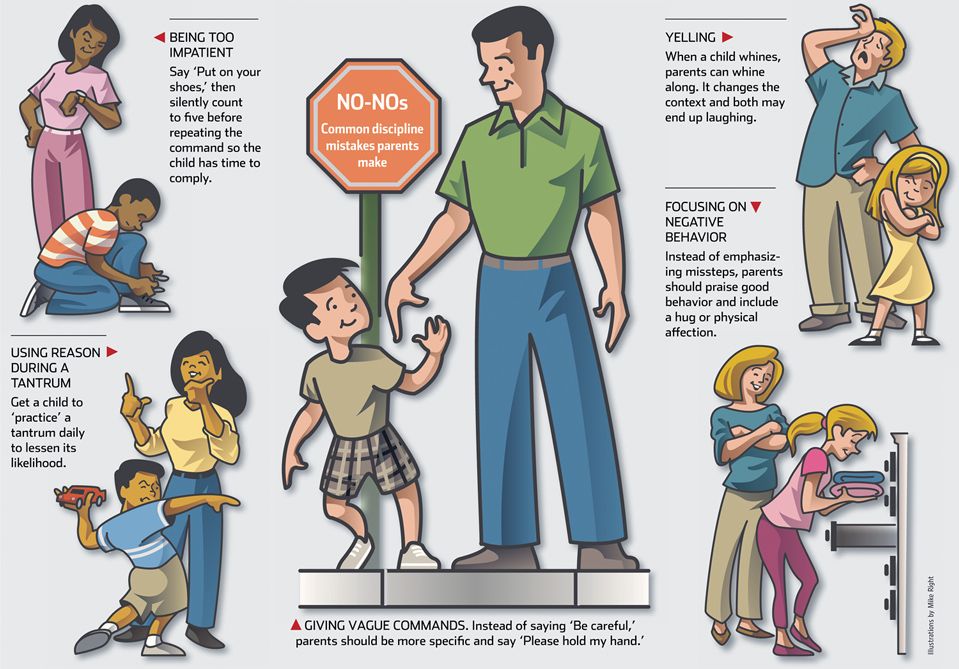
Using the principles of “ABC”, as a parent, you’re in a better place to respond to situations and teach a preferred response before they even occur; so that in the event a challenge does occur; the child is better adapted to respond accordingly.
Looking at the ABC, the consequence has two factors; reinforcement and punishment. Reinforcement is used when a reward follows a preferred behavioral outcome; this increases the frequency that that positive behavior will occur. On the other hand, punishment is the removal of a reward when an unwanted behavior occurs; this decreases the occurrence of the unwanted behavior.
Summing up
When disciplining your autistic child, consider which behaviors you’d like to occur more frequently, and which are non-adaptive or unwanted. The purpose of discipline is to develop socially acceptable behavior in your autistic child and find strategies the child will understand. Therefore, it is important to work from your child’s perspective; this means that If he/she can only understand simple instructions, discipline has to be straightforward and understandable.
While discipline can be an uncomfortable term to get used to; it is critical when raising a child with autism. When a child learns discipline, his/her understanding of rules in terms of social behavior becomes much simpler to apply. However, it always starts by understanding the cause of your child’s behavior; some behaviors are attention-seeking, others are due to internal challenges that he/she may be trying to communicate.
Listen to your child’s needs and adapt any discipline strategies accordingly. Remember that your child can think and feel just the same as any other child; the way in which he/she may express this may be different than the “norm” but they’re capable regardless. Growing a human takes effort and patience, don’t give up!
References
AppliedBehaviorAnalysisEdu.org https://www.appliedbehavioranalysisedu.org/6-step-approach-to-disciplining-a-child-with-asd/
Berliner, S.E., Moskowitz, L.J., Braconnier, M. et al. (2020). The Role of Parental Attributions and Discipline in Predicting Child Problem Behavior in Preschoolers with and without Autism Spectrum Disorder. Journal of Developmental and Physical Disabilities, 32, 695–717 . https://doi.org/10.1007/s10882-019-09715-y
Journal of Developmental and Physical Disabilities, 32, 695–717 . https://doi.org/10.1007/s10882-019-09715-y
Jones, E. J., Webb, S. J., Estes, A., & Dawson, G. (2013) Rule learning in autism: the role of reward type and social context. Developmental neuropsychology, 38(1), 58–77. https://doi.org/10.1080/87565641.2012.727049
Pratt, C., & Dubie, M. (2008) Observing Behavior Using A-B-C Data. The Reporter, 14(1), 1-4. https://www.iidc.indiana.edu/irca/articles/observing-behavior-using-a-b-c-data.html
Shawler, P. M., & Sullivan, M. A. (2017). Parental Stress, Discipline Strategies, and Child Behavior Problems in Families With Young Children With Autism Spectrum Disorders. Focus on Autism and Other Developmental Disabilities, 32(2), 142–151. https://doi.org/10.1177/1088357615610114
Support Autism Parenting Magazine
We hope you enjoyed this article. In order to support us to create more helpful information like this, please consider purchasing a subscription to Autism Parenting Magazine.
Download our FREE guide on the best Autism Resources for Parents
Give me my FREE PDF
Related Articles
Meltdown vs Tantrum in Autism: What’s the Difference?
Read More
Antecedent Based Interventions for Children with Autism
Read More
How Do Reinforcement, Negative Punishment, and Autism Work Together?
Read More
An Autistic Man’s Point of View on Self-Stimulatory Behavior
Read More
Evidence Based Practices and the Benefits for Autism
Read More
Are Autistic Children Violent?
Read More
Dramatic? Or Passionate and Expressive?
Read More
How to Deal With Tantrums
Read More
Autistic Child Hitting Parents: Ideas and Solutions
Read More
What Is The Role of Stims Like Finger Flicking in Autism?
Read More
What is Antecedent Stimulus?
Read More
Stimming Solutions for Families
Read More
How to teach an autistic child to fulfill your requests?
05. 04.14
04.14
Recommendations of a speech therapist to parents of children with autism for learning oral instructions
Author: Carrie Clark
Source: Speech and Language Kids
speech, and it is difficult for him to follow your instructions? This leads to problems with the simplest household chores and can end in a violent tantrum. Following these tips can help your child learn to fulfill your requests at home and outside on their own.
1. Make a list of the main tasks you usually give your child during the day.
Throughout the day or week, write down all the main tasks that you usually ask your child to do during the day. Take notes on your phone or in a notepad that you should always have at hand. Try to formulate any instruction in a few words, the number of words should be as small as possible.
For example, if you ask your child, "Darling, could you bring your shoes, please?" then you would write "Bring your shoes. " This will be the verbal instruction that you will ask your child to follow when teaching him this action.
" This will be the verbal instruction that you will ask your child to follow when teaching him this action.
For example, you can use phrases such as “come here”, “stop”, “go”, “walk”, “get up”, “sit down”, “take my hand”, etc. in tasks. If you find it difficult to decide which appeals to include in the list, mentally imagine the child's daily routine, and follow what actions require your direct participation and help.
2. Make cards (photos or drawings) to illustrate your tasks.
Select the 15-20 most common requests used during the day when communicating with the child (over time, the number of cards can be increased).
When creating cards, it is important to remember that they are intended to send a visual signal to the child to perform a certain action. Making cards can be done in several ways:
- Take a picture of your child during the task and write the name of the task on the photo itself;
- Use the search for pictures or photographs on the Internet, on which the necessary action is performed and also, accordingly, sign them;
- Finally, you can always just draw people doing each action, but the success of this method depends on your artistic talents and your child's ability to understand your drawings, so photographs are probably the best option after all.
Once you have printed the cards, cut them out so that each card has exactly one instruction.
3. Following instructions: learning the instructions themselves.
Now it will be necessary to familiarize the child with the cards and explain what they mean. You can do this using the Simon Said game. According to the rules of the game, the participants choose a leader, he will be Simon, and all the rest must complete the task that Simon asks them to complete. Before each task, the facilitator should say "Simon said ..." and then the participants are told the task that they must complete. If the facilitator does not say “Simon said…”, then those who repeated the action lose. With young children, I don't use the last part with the loss. I just say “Simon said…” and after a while we change places and someone else takes over. Strictly speaking, you don't need to involve "Simon" at all, just tell the child that this is such a game and he will most likely be happy.
Each time you suggest a new task, show your child a card with a picture of this task. At first, the child may need your help in completing the task, and only then can he do it on his own. After the child completes the instruction, with or without your help, begin to clap your hands, praise the child and exuberantly rejoice for him. This will help the child feel that he is doing everything right! You can start with just a couple of instructions and work on them until the child is fully familiar with them, and then add more instructions.
At first, the child may need your help in completing the task, and only then can he do it on his own. After the child completes the instruction, with or without your help, begin to clap your hands, praise the child and exuberantly rejoice for him. This will help the child feel that he is doing everything right! You can start with just a couple of instructions and work on them until the child is fully familiar with them, and then add more instructions.
*** Adapted for autistic children.
Many children with autism do not understand the very concept of "play" and what is so fun about it. For these kids, you will need to find something they love very much and are willing to work for. For example, if the child really likes glowing toys, then hide the toy until this exercise, and every time the child follows your instructions (even if you help him with this), give him a toy as a reward. If your child is difficult to motivate with an object, then you can give him small portions of his favorite treat or drink after each instruction.
4. Work on following instructions in everyday situations.
Once your child is able to complete all of your tasks while playing with you, you can start using these same instructions in everyday situations. Before asking a child to do something, show him the card with the appropriate instruction. After that, help the child with the task and be sure to praise how you did it during the game. Children with autism, or any child who is having trouble completing a task, may need small rewards for following each instruction until the child is successful. Small chocolate dragees may be perfect for this task because they are small enough to not overwhelm a child's appetite.
Instruction cards are best kept with you at all times, using a belt bag. At work at school, I keep a set of instruction cards on a key ring that is clipped to my belt. It's one of those keyrings that is attached to a chain that changes length, so I can hold out the right card at any time. Continue to use the cards throughout the day until the child learns to fulfill your requests on his own without them. This may take some time, be patient and everything will work out!
This may take some time, be patient and everything will work out!
5. Reduced visual cues while executing instructions.
As soon as the child learns to independently perform tasks on the cards, you can move from visual transmission of information to verbal, and gradually withdraw the cards from the learning process. You will need to ask your child to do something and watch his reaction to your request. You can give the child a hint with your gestures or posture, or point to an object that needs to be acted upon. If the child cannot cope with the task on his own, say the task again and show the appropriate card. Vary the reward for following the instructions if the child completed the task with a smaller volume
Do not forget about the reward system, the less your child uses your tips in the learning process, the more you should praise and encourage him. With prolonged exercise of this kind, the child will learn to fulfill your requests as independently as possible.
6. Teaching a child to complete tasks consisting of several steps.
Once your child learns to do simple tasks on his own, you can use the same technique to teach him to do more complex tasks.
To do this, you will need to use several cards in the task description (step 1, step 2, etc.), and then, after fixing the visual perception of the cards, gradually replace them with verbal requests without using pictures.
With regular use of this technique, your child will definitely please you with good results. During classes, try to be in a good mood and cheerful mood, provide your child with tons of praise and support, and everything will work out!
Thanks to Maria for the translation.
Communication and speech, Education and training
How to get the right response from a child with autism? Tracy Dee Whitt '
People with autism are smart, but sometimes it's hard for parents of an autistic child to notice. When we ask our kids to do something and they don't respond, it's not because they're smart, it's because the autistic child's brain takes time to process the information. As Temple Grandin once said, "The autistic brain doesn't process verbal and visual information at the same time."
When we ask our kids to do something and they don't respond, it's not because they're smart, it's because the autistic child's brain takes time to process the information. As Temple Grandin once said, "The autistic brain doesn't process verbal and visual information at the same time."
When Jeremiah was younger, I spoke to him in long sentences. I wanted to treat him the way I would treat our daughter, and she understood extended sentences very well. At some point, I realized that he did not perceive what I was saying. So if I needed him to do something, I shortened the sentences to short phrases, for example: "Get off the table."
1. Use short sentences emphasizing the action you expect.
Despite the change for the better, I still had trouble getting him to do what I told him to do. When Jeremiah was three years old, a speech therapist and a child development specialist came to our house. Many times they told us that children (not necessarily only children with autism) only hear one or two words at the end of your sentence, so they suggested that we say “Get down” instead of “Go down immediately from [what the child is currently climbing ]” or “Put your hands down” instead of, for example, “Stop hitting on TV. ”
”
.
Keep it simple. When you say "Stop hitting the TV," your child can only understand the last word: "Blah blah blah TV." While if you say “Put your hands down”, then it will be easier for you to teach him to understand what you want from him.
It is not necessary to use such short phrases in all your communication with your child, only when you need him to do something specific. Once the child has started doing what you say, you can move on to longer sentences and see what happens. At times, the child may ignore you, have difficulty understanding speech, or may be unable to concentrate: in these cases, you should return to two-word phrases.
2. Give your child time to process what is being said
When you ask your child to do something, wait for the child to have time to understand what you are saying. Give him time to filter what you are saying. We see, hear, and perceive the world differently than they do, and they may be dealing with a variety of sensory stimuli that a neurotypical person doesn't even notice. After you've said the instruction, you can SLOWLY mentally count to five or ten and maybe that's what your child needed - more time to understand what you said.
After you've said the instruction, you can SLOWLY mentally count to five or ten and maybe that's what your child needed - more time to understand what you said.
3. Move
It is very important that YOUR body move when you ask your child to do something. When your child hits someone or something, touches something that should not be touched, or climbs on a piece of furniture that is not intended for this, it is not enough to shout from the other side of the room: “Get down!” or "Put your hands away!", you need to move. Otherwise, your child will not take you seriously.
I'm not saying that you need to be rude and stand above your child's soul. Just tell your child what you want from him, in a strict but kind voice, while walking towards him. If you stand still and repeat the instructions over and over again, your child will decide that your words can be ignored and continue his behavior.
4. Use the hand-on-hand prompt when teaching your child
Hand-on-hand teaching is often effective for children with autism. This method cannot be used as a permanent control or to “calm down” stereotypes when the child claps his hands, shakes his hands, and so on. I am convinced that we must take into account the views of autistic adults, many of whom have suffered from this type of mis-education.
This method cannot be used as a permanent control or to “calm down” stereotypes when the child claps his hands, shakes his hands, and so on. I am convinced that we must take into account the views of autistic adults, many of whom have suffered from this type of mis-education.
If your child does not understand what you want him to do or has difficulty following verbal instructions, say the instruction and immediately place your hands gently on his hands and guide them. For example, if a child is being too rough with an animal, place your hands on the child's arms and gently stroke the animal with their hand while saying, "Stick gently" or "Easy." Always make sure to use the same words for the same instruction.
You might say, "But that won't teach my child good manners." You can use long sentences, say "please" and "thank you" in other situations with your child, but when you want to teach him new and basic actions, it's okay to forget about the rules of courtesy for a while.
5. Be Consistent
Parents of autistic children know how important consistency and daily routines are for our children, and if not, you just found out. 🙂 When teaching your child, consistency is EXTREMELY important. It is impossible to exaggerate its importance. If you give up and let your child not do what you think is important (given his autism and sensory characteristics), then your child will return to a more comfortable behavior for himself: walking around the house with food in his hand, jumping on furniture, hit things.
I know from experience how important consistency is in our home, because when we deviate from it, Jeremiah reverts to old behavior. When Jeremiah is sick, he always takes a step back, so it's quite predictable. This is an understandable situation, but it only emphasizes the need for consistency. We get tired, family members get sick, we go on vacation, routines get disrupted and as a result, old behaviors resurface, but if you try to stay consistent, you'll help your child get back to what he's capable of.
6. Praise for specific actions and only sincerely
Praise your child for specific actions and be sincere. Praise him when he did what was required of him: "Thank you, you did it so well." Praise him even when your child is simply not doing something undesirable, such as sitting quietly at the table during lunch or jumping on a trampoline, instead of trying to run away from the yard. (Running away is not a problem per se. Autistic people perceive the world differently than neurotypical people, they hear, see and feel things that we do not notice, and the attempt to escape may be explained by the needs of the child. However, you need your child to expand his experience , played and interacted, so always praise him if he does).
Very often, children with autism are faced with so much guidance and reprimand that we just need to make sure they know when they are doing something well.
I can't speak for all parents of children with autism, but I know how often and how much I get tired.

